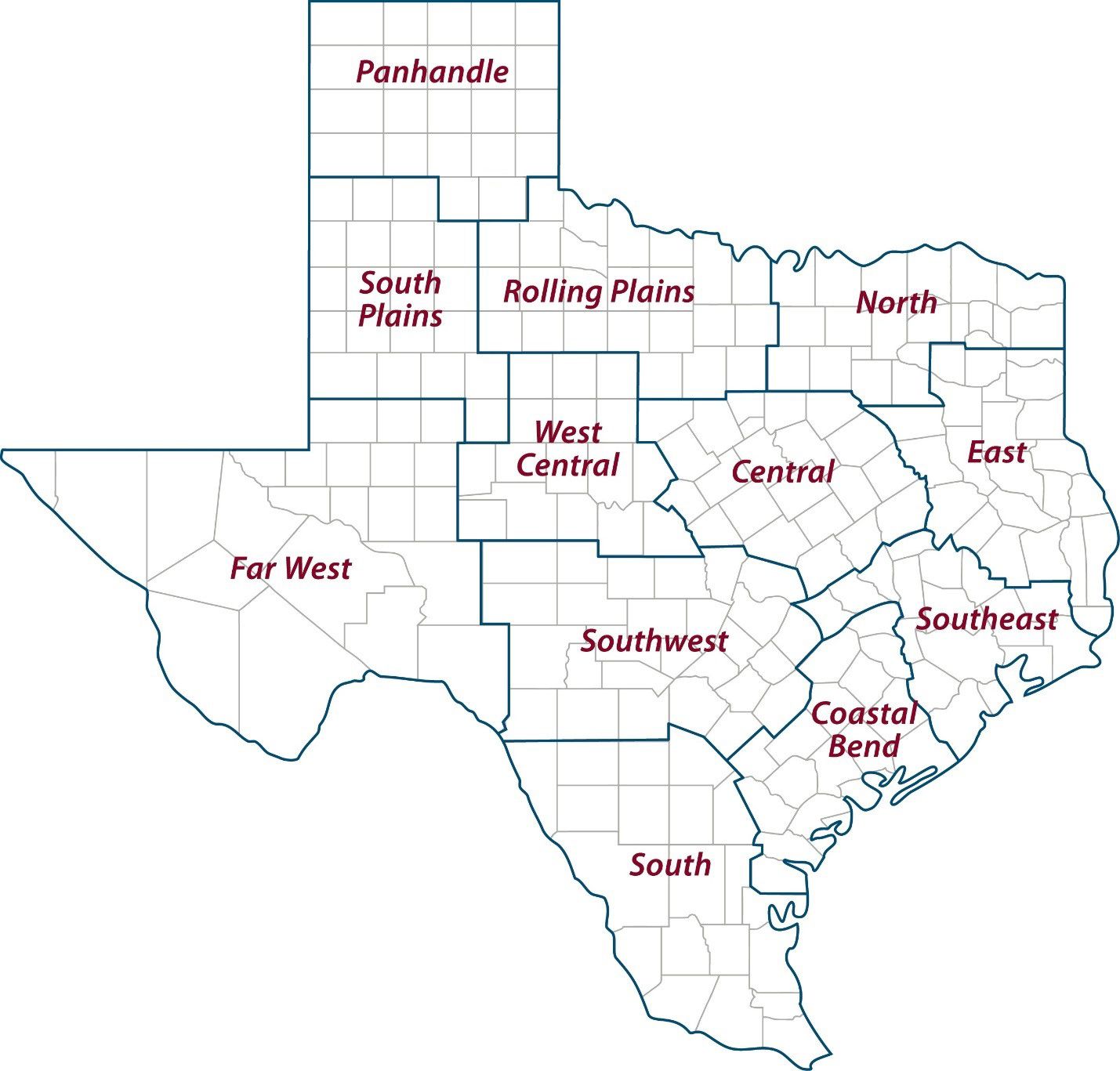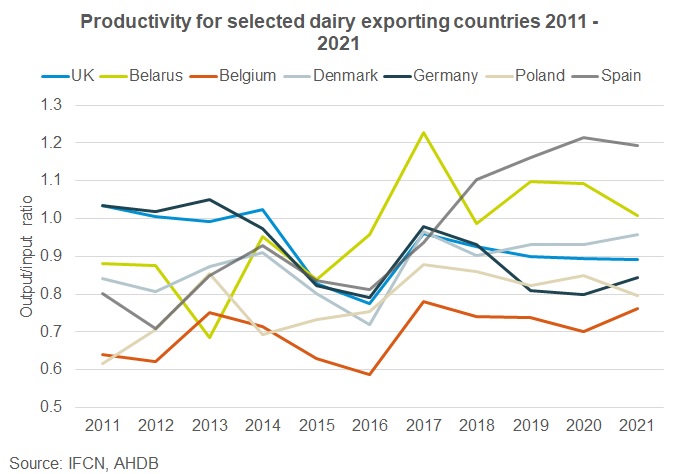The process of turning manure into fuel is not new, but government incentives to reduce greenhouse gases have caused a boom in such projects, especially on dairy farms.
Since June, a plant north of Beresford, South Dakota, has been using the manure from 15,000 cows to make biogas. It is pumped from the big dairy farms into four huge tanks with domes called digesters. Each digester can hold 2 million gallons.
“Those digesters hold 2 million gallons of the cow’s unwanted parts,” said John Reid, the plant manager at DTE Vantage’s biogas operation.
The manure stays in the digesters for about three weeks, where it is stirred and kept at a steady temperature of about 100 degrees. Microbes use an aerobic process to break down the manure, releasing methane and other gases as they do so.
Between two dairies north of Beresford, S.D., there are four anaerobic digesters. Biogas for California’s fleet of cars that run on natural gas is made from the waste from 15,000 cows. The farmer gets paid, and DTE Vantage, the company that owns the facility, makes money.
In this way, the word “digester” fits well with how animals work and how their waste is collected and reused in the process.
Monday night, Iowa State goes to Texas Tech. Should you bet on the Cyclones in this Big 12 game?
“We think of it as a cow’s fifth stomach,” said Dave Grooms, one of the three full-time workers at the operation.
Biogas is collected and cleaned up right there. It can be used to make electricity, heat homes, or, as in the case of the Beresford operation, power vehicles that run on natural gas. About 90% of the nutrients in the manure that goes into the digester come back out in the manure that comes out of the digester. It can be used like any other manure, either to fertilise fields or to give cows a place to sleep.
As of right now, digester operations can get a lot of money from the government in the form of renewable fuel credits. Dr. Dan Anderson, an extension expert in agricultural and biosystems engineering at Iowa State University who goes by the online handle @DrManure, said that companies looking to build digesters call dairy farmers a lot. He has gotten a lot of calls from companies that want to work with Iowa State’s dairy, he told people at the Feedlot Forum in Sioux Center on January 17 who were there to hear about cattle.
Iowa used to have four anaerobic digesters in operation. Anderson says that number has grown by about 90 in the last year and a half.
During the Feedlot Forum in Sioux Center, Iowa, on January 17, an engineer from Iowa State University Extension named “Dr. Manure” talked about the market for renewable fuel credits and making biogas from manure.
“It’s a big change for the better,” he said.
The Environmental Protection Agency says that until recently, most biogas in the U.S. came from natural gas from landfills. POET’s ethanol plant in nearby Chancellor has been powered by natural gas from a landfill near Sioux Falls since 2009.
Over the last five years, the number of ag-based natural gas projects has grown steadily, and in 2021, they will be more than the total number of landfill projects. It is caused by policies like the federal Renewable Fuel Standard, which says that a certain amount of transportation fuels made from renewable sources like ethanol must be mixed with petroleum-based products. Some states, like California, have their own programmes, like the Low Carbon Fuel Standard in California. Minnesota wants to come up with its own plan.
The Inflation Reduction Act, which was passed last year, made biogas taxed the same as wind and solar for the first time.
Near a dairy in Beresford, South Dakota, digesters send biogas into pipes. After being cleaned, the renewable natural gas is put into a pipeline that sends fuel to vehicles in California and other western states that have goals for renewable fuel.
Anderson said that credits for biogas made from cow manure can be worth up to $1,000 per cow per year.
Most of the time, companies work with dairies to build digesters. Companies get most of the money because they take on most of the risk. A digester costs about $1 million, by Anderson’s estimates. Building the system to clean the gas costs another $500,000 more. The connection to major natural gas pipelines costs another $1 million, which is also a big cost.
Anderson said that if farmers want to see a bigger return on their money, they will need to work together to build biogas projects.
He said, “It needs to be big.”
Can people who raise cattle get in on the biogas craze?
When methane from dairy manure is used to make renewable natural gas, flares burn off the hydrogen sulphide and carbon dioxide gases that are left over.
Anderson said it is possible, but the type of manure treatment system makes a difference. Instead of solid manure from a feedlot, liquid manure stored in a deep pit or lagoon works best for anaerobic treatment.
Under California’s programme, credits can’t be given for biogas made from cow manure. The law says that you can only use manure from dairy farms and hog farms.
Because beef cattle don’t make as much methane as dairy cows, the federal credits from biogas made from beef are a small fraction of the credits made from biogas made from dairy cows. Anderson said that the federal credits for RINs, which come from the Renewable Fuel Standard, are about $50 per headspace.
In the past, an anaerobic digester might have helped the dairy farm pay for some of its electricity costs. However, Dr. Erin Cortus, an engineer at the University of Minnesota Extension who has worked with livestock and the environment since her days at South Dakota State University, says that the market today gives a bigger financial reason for these expensive systems.
She said it’s important to think about how the manure is taken out of the barns, whether it’s scraped or flushed. Different kinds of digesters can be used with different kinds of systems.
Another big question is if the cows sleep on sand at the dairy.
Cortus said, “We know how hard sand can be.” “It’s possible, but it’s also something to think about.”
At the DTE Vantage biogas facility, methane from dairy manure flows through a system of membranes. It gets rid of the oil, water, and other gases in the natural gas before sending it 8 miles away to a transmission pipeline.
Having room for the digester and a place to store the manure are also important, as is having access to a natural gas pipeline.
The biogas made in Beresford goes 8 miles underground through a pipe to a larger transmission line.
To get into the pipeline, the natural gas has to be clean, which is checked several times along the way. At the Beresford facility, water and oil are taken out of the gas by passing it through a system of membranes and heat exchangers. Hydrogen sulphide and carbon dioxide that should not be there are burned off in two flares on site.
Kevin Dobson, vice president of biomass for DTE Vantage, said, “Since the 1980s, we’ve been taking bad gas from landfills and cleaning it up.
A few years ago, DTE began to work with Wisconsin dairies. The company’s first building in South Dakota is in Beresford, and Dobson said that they hope to build more.
DTE liked Beresford because it had two large dairy barns with a total of 15,000 cows.
During building at the Beresford site, the inside of an anaerobic digester tank can be seen. When the manure is heated, it sits in the 2 million gallon tanks for three weeks. During that time, it gives off methane gas, which is then captured, cleaned up, and used as fuel for cars.
“These projects are pretty expensive to build and keep up, so we wanted to go big to save money,” Dobson said. “The place is nice, and the farm is a great companion.”
The owner of the dairy in Beresford asked that his name not be used in this story.
The farmer is paid by DTE, and he or she still gets to use the manure as fertiliser on their fields.
Dobson said, “There’s an incentive in pay that isn’t tied to the milk market.”
He also said that it was good for the environment. By capturing the natural gas, the farm puts out less greenhouse gas. Dobson said that it can also help make the water and air around the farm better. Dobson said that digestate, which is what’s left of manure after natural gas is taken out, has less of an odour than raw manure and less faecal pathogens, which is good for water quality.
In the mid-1980s, DVO Inc., another digester company, got its start in Wisconsin, just like DTE. Stephen Dvork, the planning engineer and president of DVO, said that one of their first projects was with the Gordondale Farm in Wisconsin. Neighbors had sued the farm because it smelled like manure.
Last month, Dvork gave a talk at the Minnesota Renewable Energy Roundtable in Waseca, which was put on by the Agricultural Utilization Research Institute.
He talked about the advantages of using digestate as fertiliser, which is sometimes done in Wisconsin with irrigation systems. He said that manure can be put on crops directly without having to burn them, and that many of their customers have stopped buying lime because the digestate has high pH levels.
Cortus tells farmers that they should test digestate before using it, just like they would with any other type of manure. The idea is that plants can use the nutrients in digestate more easily.
Melissa Wilson, who works for U of M Extension, talked about the nutrients in digestate at the Renewable Energy Roundtable. Usually, digestate has more ammonium nitrogen than raw manure, which makes it easier for plants to use.
Wilson said, “The amount of N, P, and K stays the same, but these nutrients are changing their forms.”
Many farmers take the digestate through one more step to separate the liquid from the solids. Wilson said that this can be helpful when using precise technology to spread manure. There isn’t much phosphorus in the liquid, but it is a much better source of nitrogen and potassium. Most of the phosphorus is in the solids.
“It turns into a fertiliser with a very high value,” she said.
Reid thought about how the Beresford biogas system, which he manages, is using methane, a gas that has been a focus of efforts to clean up the environment, to make things that can replace fossil fuels and synthetic fertiliser.
He said, “It’s a cool thing to be a part of.”





:quality(70)/cloudfront-ap-southeast-2.images.arcpublishing.com/tvnz/YBIWRJJ7WVBT7POLUGJHH34W6I.jpg)


/cloudfront-us-east-1.images.arcpublishing.com/gray/SMMSQCFQ5JAPZEBMXSD3J3POQI.bmp)
 Chinese scientists have successfully cloned three “super cows” that can make a lot of milk, according to state media. This is seen as a big step forward for China’s dairy industry, which will no longer have to rely on imported breeds.
Chinese scientists have successfully cloned three “super cows” that can make a lot of milk, according to state media. This is seen as a big step forward for China’s dairy industry, which will no longer have to rely on imported breeds.





